Daisetsuzan National Park
LAKE SHIKARIBETSU
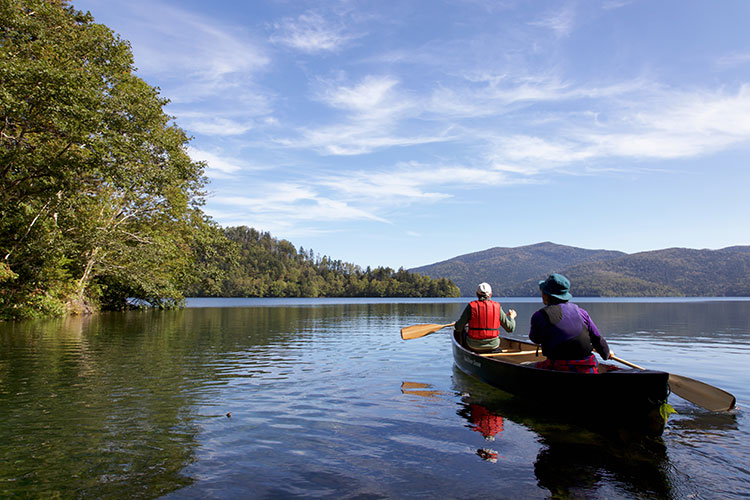

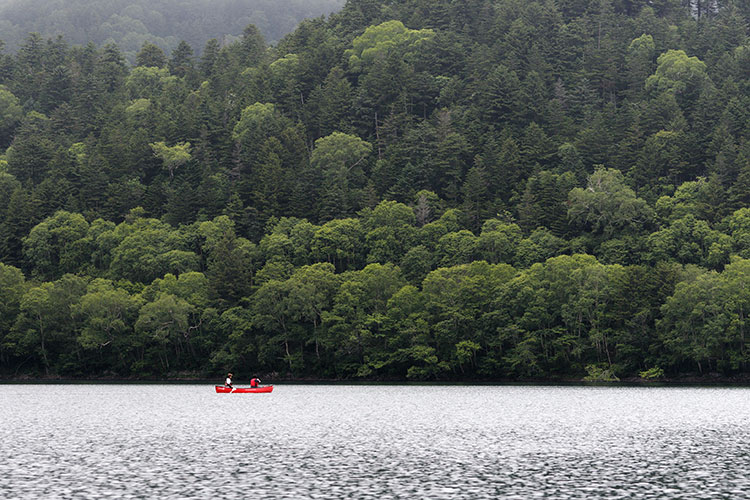
Lake Shikaribetsu is Hokkaido’s highest-altitude lake at approximately 810 meters, surrounded by stratovolcanoes and lava domes. The dense forests that grow on the mountain slopes in its periphery are inhabited by a variety of wildlife, including Blakiston’s fish owls and Ezo flying squirrels. Guided nature walks around the lake are available year-round. In winter, snowshoe tours allow for off-trail exploration, while from spring to autumn, canoeing, kayaking, and sightseeing boats are popular ways to enjoy the scenery. In late spring, there are guided ice walks, during which you can experience the thrill of jumping through the melting lake ice in a dry suit. Visit the Lake Shikaribetsu Nature Center on the lake’s southern shore for information on activities.
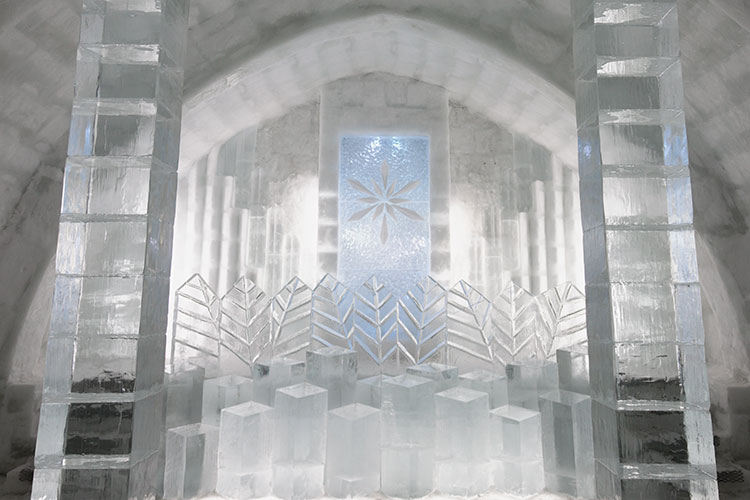
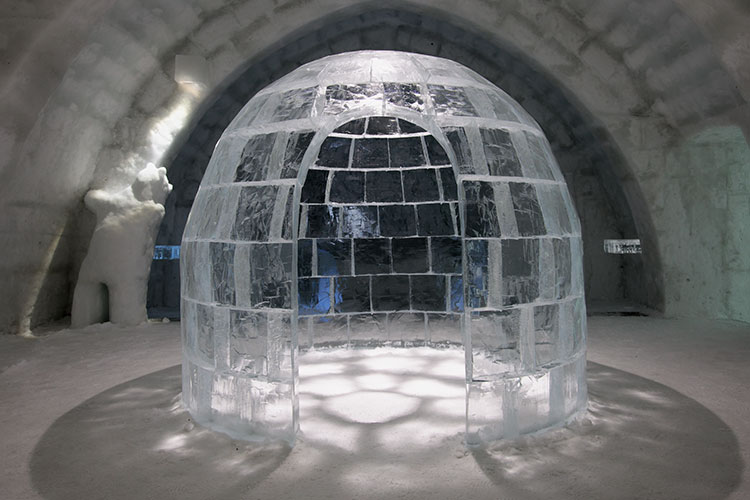

In the winter, an ice village of igloos is built on the frozen lake for the Shikaribetsuko Kotan. During this event, held since 1980, over 30,000 ice blocks are formed using 4 to 5 tons of snow as well as ice cut from the frozen lake. Volunteers use these blocks to create structures including overnight lodges and an ice bar where patrons can also carve their own ice cups. There are even open-air baths set up atop the lake. The event is held from January to March, depending on the weather and the thickness of the ice.
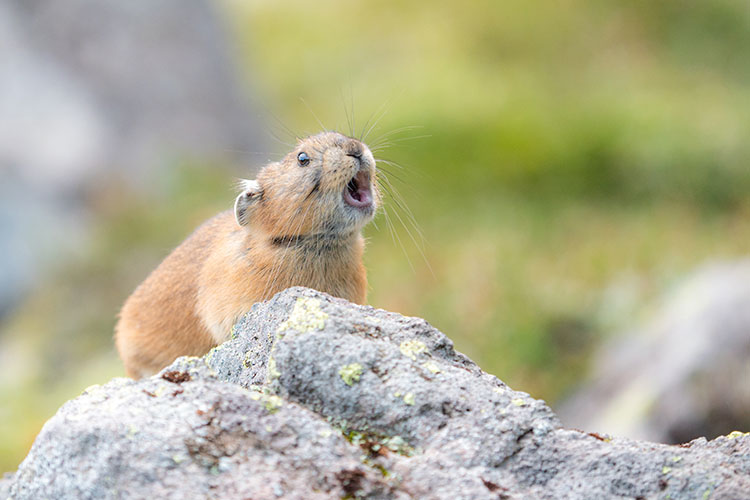
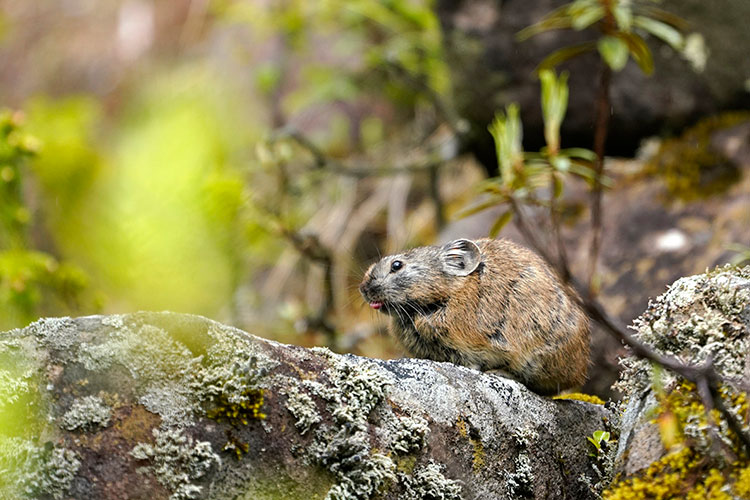
The rocky slopes of the mountains around Lake Shikaribetsu are a habitat for the Ezo pika, a subspecies of the northern pika. These cold-climate mammals are members of the rabbit family and feed on flowers, moss, and other plants. Their high-pitched squeaks can sometimes be heard on nature walks around Lake Shikaribetsu. They are believed to have migrated from the Eurasian continent via land bridges during the last ice age around 20,000 years ago, when sea levels were as much as 120 meters lower than today.
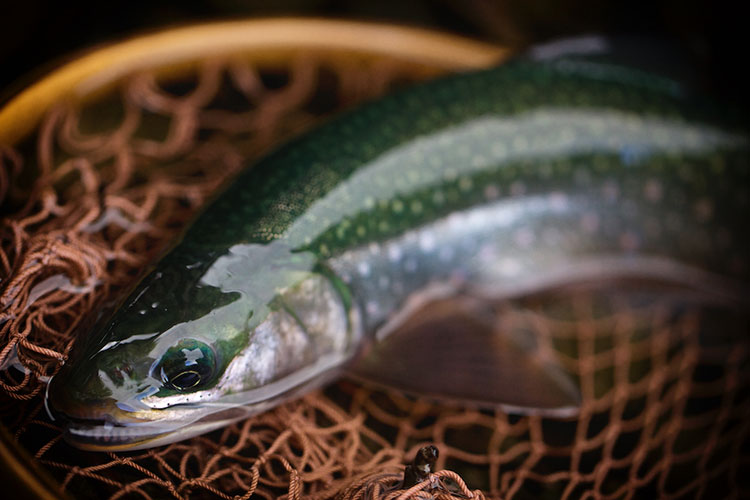
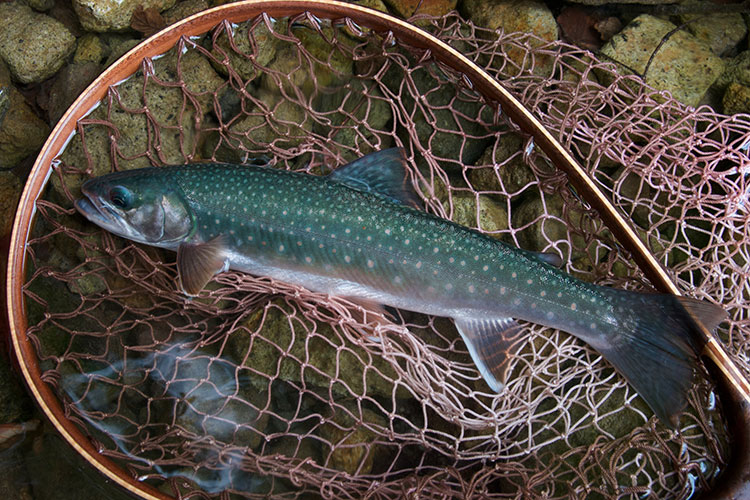

The lake’s waters are the sole habitat of the Miyabe char, a subspecies of the Dolly Varden trout. The fish evolved in isolation after the lake formed tens of thousands of years ago, when volcanic activity dammed a river. Food sources in the new environment were limited, and the trapped fish adapted by developing additional gill rakers to more efficiently feed on the lake’s plankton. The Miyabe char grows to approximately 40 centimeters in length and is blue-green or brown in color.